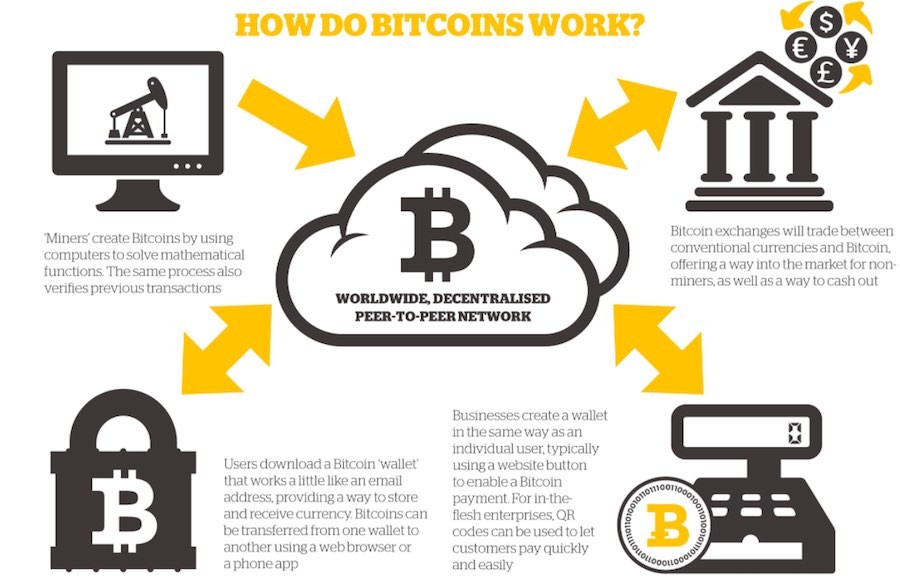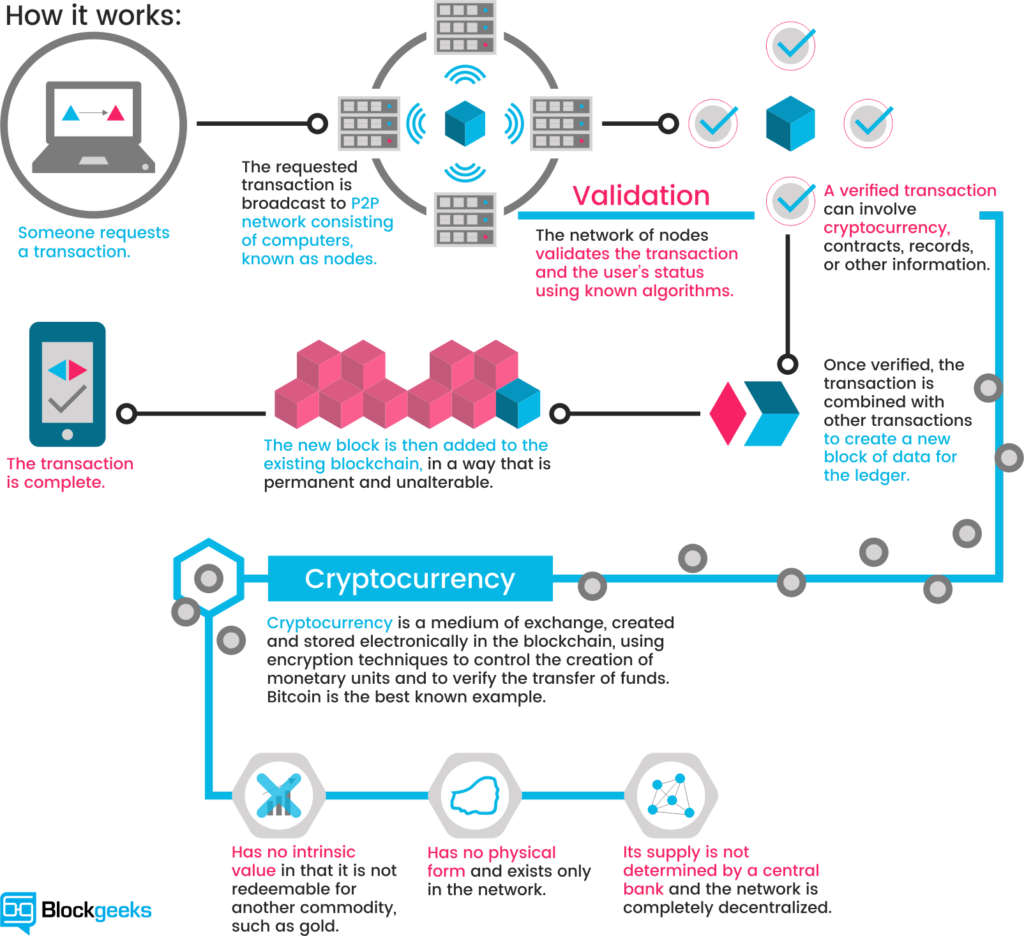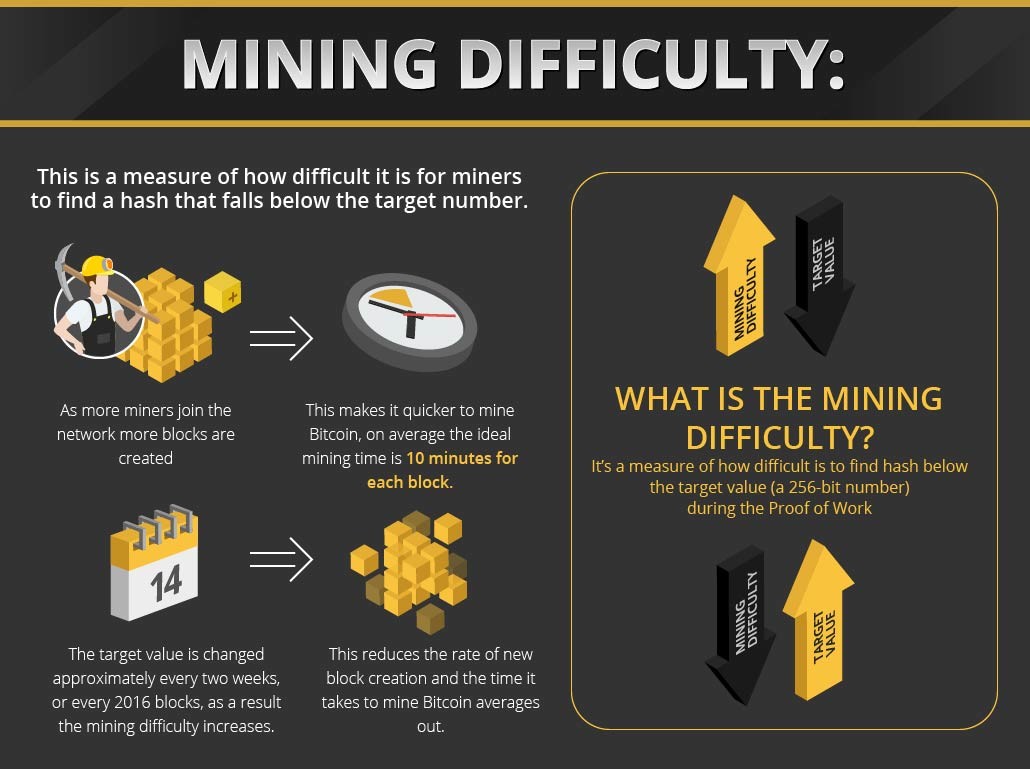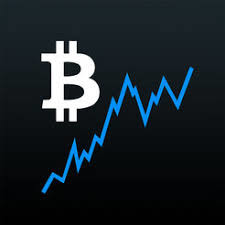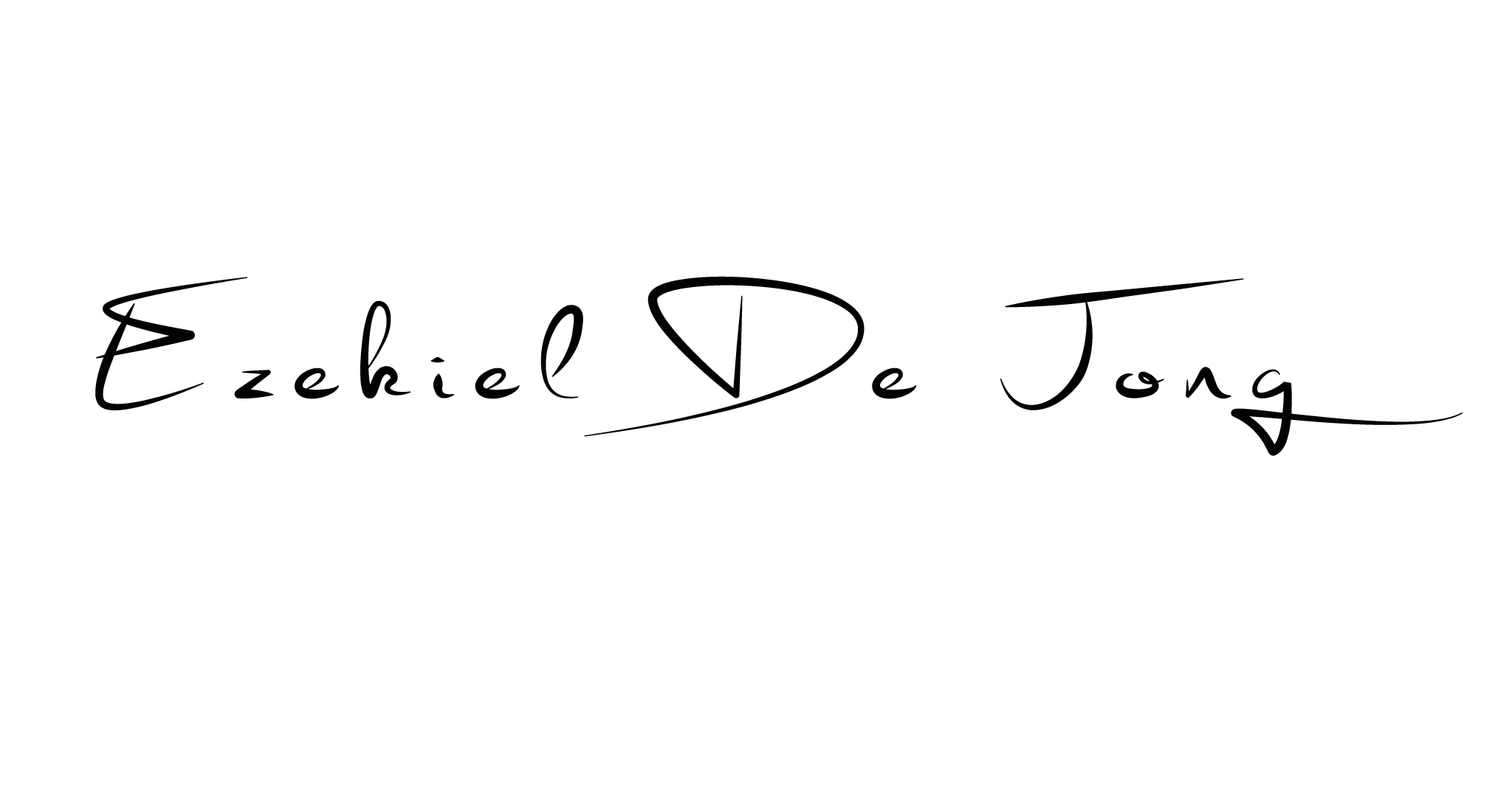Alvin Toffler predicted a future in his 1970 bestseller Future Shock that looks much like today’s reality.


So where will we be in 2030?
- Jobs - what will they look like?
- How will we re educate ourselves?
- What will education look like?
- How will we earn a living?
- Will we need to earn a living?
- How will we communicate?
- Will everything we do be inaliebly linked to the internet?
- Privacy? Will it exist?
So many other questions - what questions do you have?
- Jobs - what will they look like?
- How will we re educate ourselves?
- What will education look like?
- How will we earn a living?
- Will we need to earn a living?
- How will we communicate?
- Will everything we do be inaliebly linked to the internet?
- Privacy? Will it exist?
Can we master greater connectivity
Many are convinced that the internet will be everywhere - or nearly everywhere - in the next generation. It will be "on" most things and built into many objects and environments.
Experts claim that the internet will fade into the background, becoming like electricity - less visible but deeply embedded in human endeavors.
Even those without high levels of literacy will interact with digital material and apps using their voice, igniting an unprecedented expansion of knowledge and learning.
The build of AI - will there be mistakes along the way? Who will build it? Will it incorporate values that we can be proud of?
This explosion of connectivity has bought and will continue to bring infinite new possibilities, but also economic and social vulnerabilities.
The level of coordination and coding required to stitch the Internet of Things together is orders of magnitude more complicated than any historical endeavour yet.
It is likely that things will break and no one will know how to fix them.
Bad actors will be able to achieve societal disruptions at scale and from afar.
Consequently, we are faced with some hard, costly choices.
- How much redundancy should these complex systems have?
- How will they be defended and by whom?
- How is liability redefined, as objects are networked across a global grid and attacks can metastasize quickly?
- How much redundancy should these complex systems have?
- How will they be defended and by whom?
- How is liability redefined, as objects are networked across a global grid and attacks can metastasize quickly?
Will we create more meaningful work?
Will AI , IOT and machine learning Be good for humans? Will it create or destroy jobs? Will more valuable jobs replace those supplanted by technology.
How are we as humans going to react to the technology revolution?
What jobs will replace those that will be done by machines.
How will education and skills-training adapt?
Colleges, community colleges and trade schools - models are being disrupted - Teaching is now blended through online video or hybrid courses which provide both online and classroom experiences.
Artificial intelligence systems will assess student performance and the sufficiency of the course.
Employees are also self-training with online material.
What will always be needed is collaboration and human connection.
Heather McGowan and Chris Shipley points out that the best education programmes will be those teaching how to be a lifelong learner, and that alternative credential systems will arise to assess the new skills people acquire.
So, what specific human talents will be unable to be duplicated by machines and automation for some time?
They say
- social and emotional intelligence,
- creativity,
- collaborative activity,
- abstract and systems thinking,
- complex communication skills, and
- the ability to thrive in diverse environments.
What are schools and universities need to doing to re-orient to emphasise these non-technical skills?
Artificial intelligence systems will assess student performance and the sufficiency of the course.
Employees are also self-training with online material.
- social and emotional intelligence,
- creativity,
- collaborative activity,
- abstract and systems thinking,
- complex communication skills, and
- the ability to thrive in diverse environments.
It’s all about Trust!!
- Trust is about reliability, capability and intimacy
- Trust is not about wiifm
- Trust is key to the development of a sustainable future
- Trust is a social, economic and political binding agent. is the glue for economic development and social cohesion.
- Trust is the lifeblood of friendship and care-giving.
When trust is absent, all kinds of societal woes unfold, including violence, chaos and paralysing risk-aversion.
- Trust is about reliability, capability and intimacy
- Trust is not about wiifm
- Trust is key to the development of a sustainable future
- Trust is a social, economic and political binding agent. is the glue for economic development and social cohesion.
- Trust is the lifeblood of friendship and care-giving.
When trust is absent, all kinds of societal woes unfold, including violence, chaos and paralysing risk-aversion.
With the proliferation of internet and mass collaboration - has trust been degraded?
Preferences for convenience, comfort, and information have made people vulnerable to the ways organisations can identify, target and manipulate them
- Fake news
- Using other people’s info
- Spam
- Preying on needs from data analytics
- Data theft
- Unlawful data use
- Fake news
- Using other people’s info
- Spam
- Preying on needs from data analytics
- Data theft
- Unlawful data use
How much can social and organizational innovation alleviate new problems?
There are new ways of doing things
Old corporate structures are old
New ways of collaborating - using tools that can track measure and reward activity
Some primary aspects of collective action and power are already changing as social networks become a societal force.
These networks are used for both knowledge-sharing and mobilizing others to action.
There are new ways for people to collaborate to solve problems.
BBG is a case in point (www.bbg.business)
New laws and court battles are inevitable and are likely to address questions such as:
- Who owns what information?
- Who can use and profit from information?
- When something goes wrong with an information-processing system (say, a self-driving car propels itself off a bridge), who is responsible?
- Where is the right place to draw the line between data capture - or surveillance - and privacy?
- What kinds of personal information can be legitimately considered when assessing someone’s employment, creditworthiness or insurance status?
- Who oversees the algorithms that decide what happens in society?
There is a long road ahead to 2030. There is a lot of opportunity to make the uncertain more certain.
We look forward to being a player in this exciting time
These networks are used for both knowledge-sharing and mobilizing others to action.
There are new ways for people to collaborate to solve problems.
BBG is a case in point (www.bbg.business) New laws and court battles are inevitable and are likely to address questions such as:
- Who owns what information?
- Who can use and profit from information?
- When something goes wrong with an information-processing system (say, a self-driving car propels itself off a bridge), who is responsible?
- Where is the right place to draw the line between data capture - or surveillance - and privacy?
- What kinds of personal information can be legitimately considered when assessing someone’s employment, creditworthiness or insurance status?
- Who oversees the algorithms that decide what happens in society?
We look forward to being a player in this exciting time






